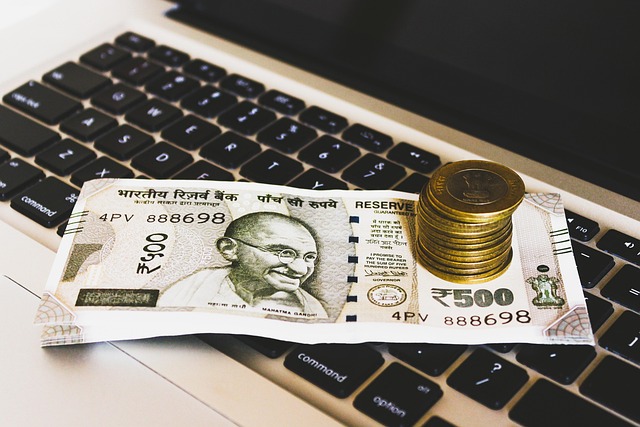The Pakistani Rupee (PKR) is subject to fluctuations influenced by economic policies, global market trends, and domestic demand. The State Bank of Pakistan (SBP) manages PKR through monetary policy tools like open market operations and reserve requirement ratios, aiming to stabilize the currency. Historical volatility stems from political instability and government interventions. Despite efforts to stabilize it, PKR remains volatile in today's interconnected global economy.
“Unraveling Pakistan’s Monetary Policy: A Comprehensive Guide to Stabilizing the Pakistani Rupee (PKR) offers insights into the intricate mechanisms shaping the country’s economy. This article delves into the monetary policy framework, exploring key tools and their historical impact on PKR fluctuations. From past trends to present strategies, we navigate the complex landscape to help readers understand how these policies influence exchange rates and Pakistan’s financial stability. By understanding these dynamics, investors and stakeholders can make informed decisions in the dynamic market of the Pakistani Rupee.”
- Understanding Pakistan's Monetary Policy Framework
- Key Instruments and Tools Used to Manage PKR
- Historical Outlook: PKR's Fluctuations and Trends
Understanding Pakistan's Monetary Policy Framework

Key Instruments and Tools Used to Manage PKR

The Pakistani Rupee (PKR) is managed through a series of key instruments and tools by the State Bank of Pakistan, serving as the primary custodian of monetary policy in the country. Among these, open market operations stand out as a powerful tool to control liquidity in the banking system and, consequently, influence PKR exchange rates. By buying or selling government securities in the open market, the central bank can either inject or absorb cash from the economy, thereby affecting interest rates and inflation. Another significant lever is the reserve requirement ratio (RRR), which dictates the minimum amount banks must hold in reserves relative to their deposits, impacting lending capabilities and ultimately PKR’s stability.
In addition to these, the State Bank employs standing facilities for overnight and term financing, offering liquidity support to commercial banks at varying tenors. These measures not only ensure the smooth functioning of financial markets but also have profound monetary-policy-implications for the PKR. Moreover, in response to economic shifts or crises, such as the global financial meltdown or more recent events, the State Bank has historically intervened in foreign exchange markets to stabilize the PKR’s value, reflecting a proactive approach to managing the country’s primary currency and its history-of-pakistani-rupee trajectory. For tailored advice on monetary policy strategies, give us a call at traditional-industry-revival.
Historical Outlook: PKR's Fluctuations and Trends

The Pakistani Rupee (PKR) has navigated a tumultuous path over the years, reflecting the country’s economic landscape and monetary policies. Historically, the PKR has experienced significant fluctuations, influenced by various factors such as political instability, global market trends, and the government’s approach to managing the currency. In times of economic prosperity, the rupee tended to strengthen, attracting foreign investment and boosting the understanding of local economy dynamics. Conversely, periods of uncertainty often led to depreciation, challenging unemployment and hindering social welfare programs.
Trends reveal a volatile yet evolving currency market where short-term spikes and dips are common. The 21st century has seen efforts to stabilise the PKR through strategic monetary policy interventions, particularly focusing on public-private-partnerships to enhance the rupee’s role as a social tool. These initiatives aim to balance inflationary pressures while fostering economic growth. Despite these measures, the PKR remains susceptible to global financial shifts, underscoring the complex nature of managing a national currency in today’s interconnected world.
Pakistan’s monetary policy plays a pivotal role in stabilizing and steering the economy, with the ultimate goal of fostering sustainable growth. By understanding the framework, historical trends, and employing various tools to manage the PKR, the country can navigate economic challenges effectively. This comprehensive guide highlights the key aspects that influence Pakistan’s currency, offering valuable insights for both policy makers and investors navigating the dynamic landscape of the Pakistani Rupee.





Leave a Reply